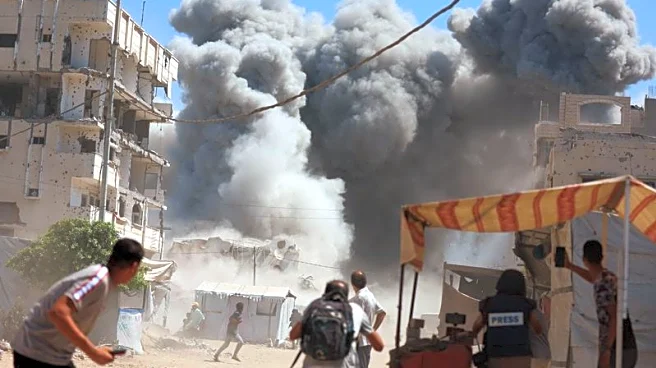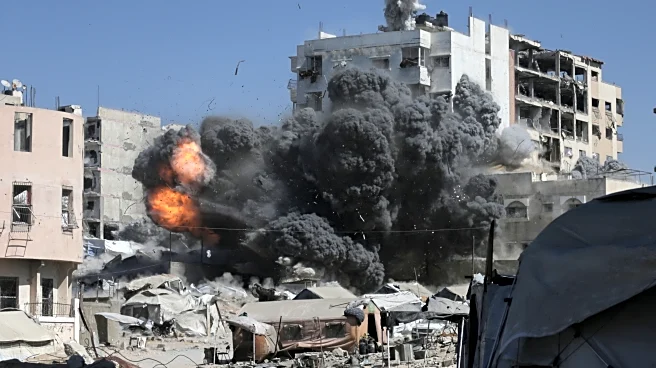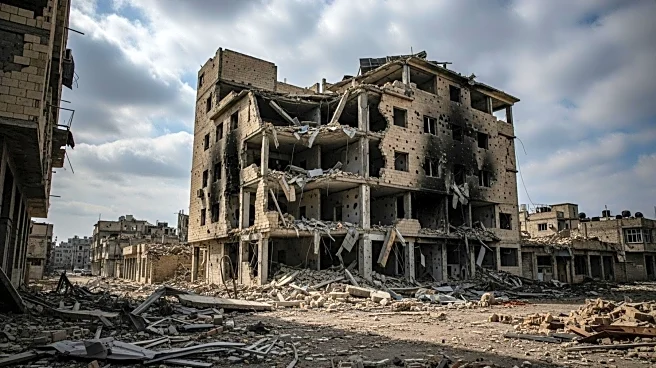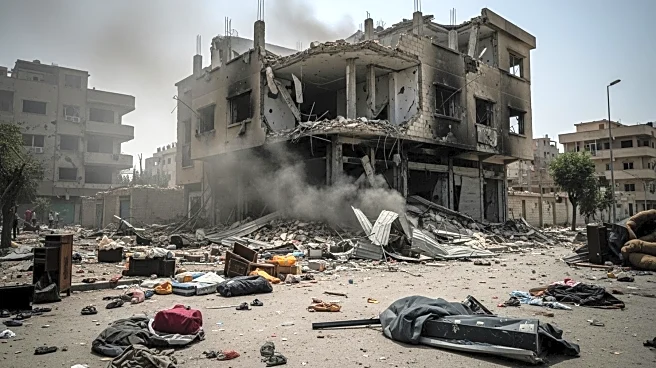What's Happening?
A significant wave of evacuations from Gaza City is underway, driven by collapsing morale and fear of having nothing to return to. This exodus is eroding a core pillar of Hamas's war strategy, according to Hamas economy expert Eyal Ofer. Families are moving southward, weighing repeated evacuations, widespread destruction, and price shocks that make staying untenable. The shift is unfolding across Gaza, with many residents tracing the same route multiple times due to ongoing conflict and destruction. This movement challenges Hamas's leverage and strategic plans.
Why It's Important?
The mass evacuations from Gaza City highlight the severe humanitarian impact of the ongoing conflict. As residents flee, the social and economic fabric of the region is strained, affecting both local and international stakeholders. The diminishing civilian presence undermines Hamas's strategic position, potentially altering the dynamics of the conflict. This situation may prompt international attention and calls for humanitarian intervention, emphasizing the need for sustainable solutions to address the crisis. The evacuations also reflect broader challenges in conflict resolution and peacebuilding efforts in the region.
Beyond the Headlines
The ongoing evacuations may lead to long-term demographic shifts in Gaza, affecting future governance and economic stability. The displacement of civilians raises ethical questions about the protection of non-combatants in conflict zones. Additionally, the repeated evacuations and destruction may contribute to a cycle of poverty and instability, complicating efforts to rebuild and achieve lasting peace. The situation underscores the importance of addressing root causes of conflict and prioritizing humanitarian needs in policy decisions.












